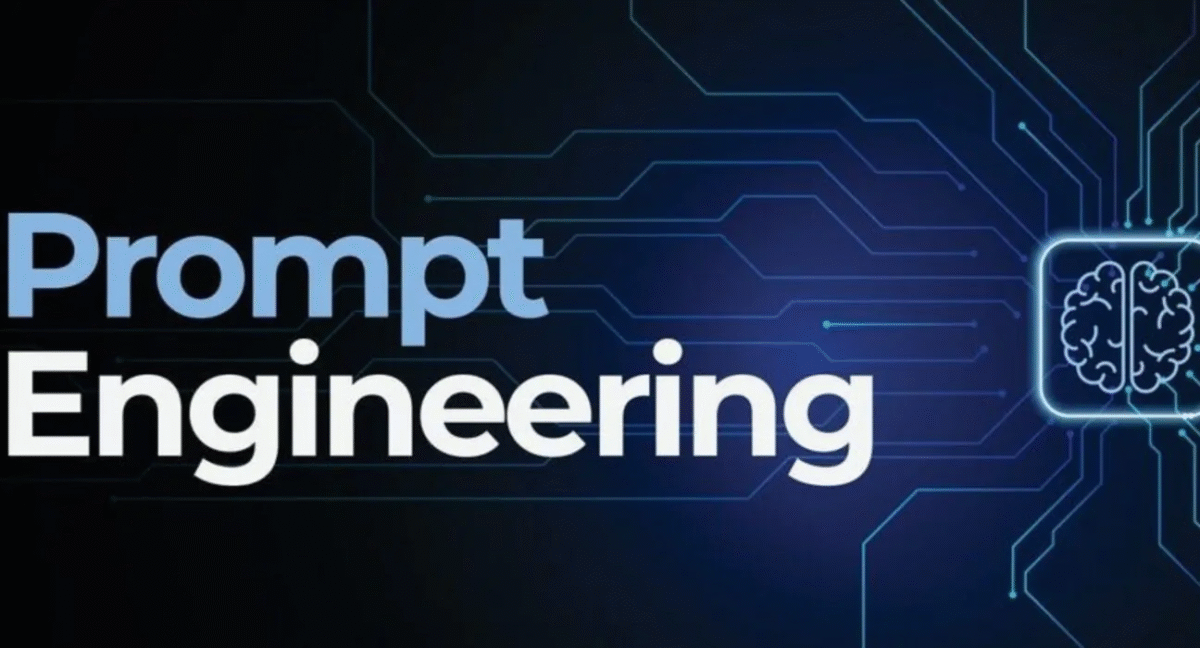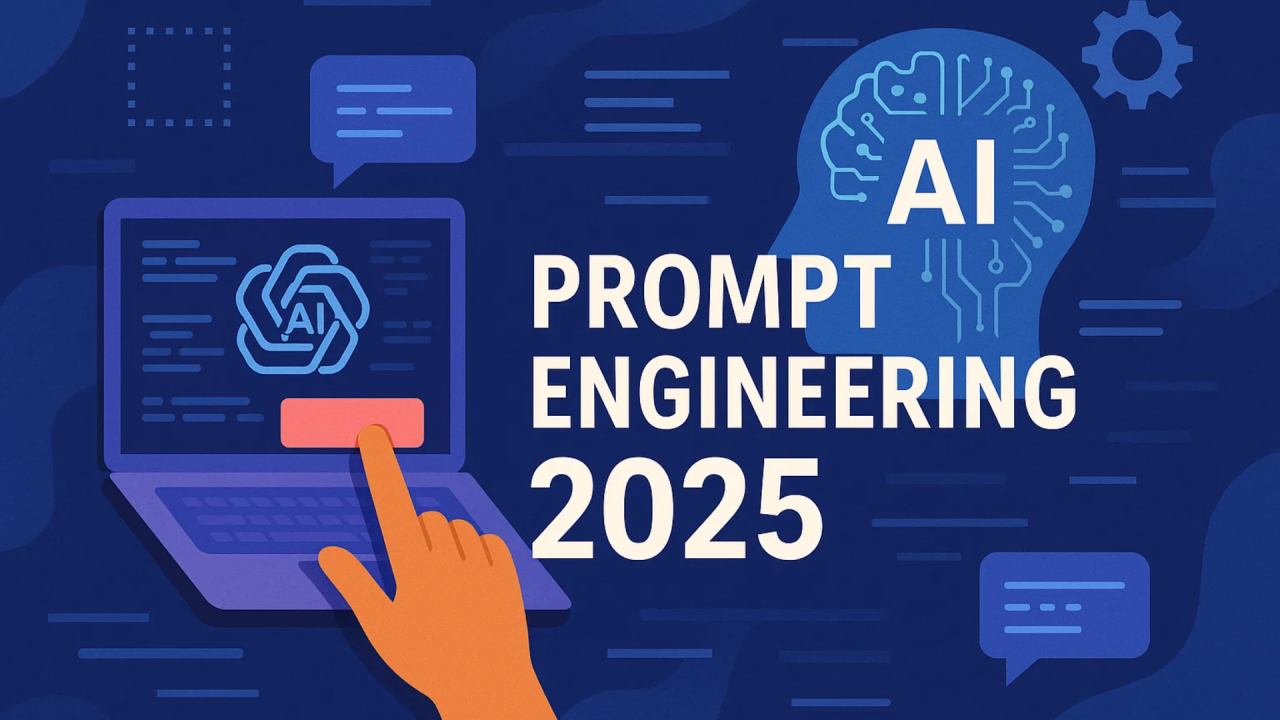
Introduction: The First Time You Typed a Prompt
Remember the first time you typed something into ChatGPT or Claude? Maybe it was a simple question like, “Write me a to-do list for the day.” The results were magical—but also kind of generic.
That’s the beauty and the challenge of prompt engineering basics: everyone starts simple, but the real power comes as you refine, iterate, and add context. Like learning any new skill, prompting evolves in stages—and mastering that evolution is what turns you into a true AI power user.
Stage 1: The Beginner’s Prompt – Asking Simple Questions
At the start, most users treat AI like a search engine. The prompts are short, vague, and lack context.
Example:
👉 “Explain machine learning.”
While the AI responds, the answer is often too broad to be useful. According to OpenAI’s documentation, specificity is key: the more context you provide, the better the results.
Checklist for Beginners:
- Keep prompts clear and direct
- Ask one thing at a time
- Avoid jargon until you understand the basics
Stage 2: The Intermediate Prompt – Adding Context and Style
As skills improve, prompts become more structured and detailed. Instead of asking a broad question, you start telling the AI how to answer.
Example:
👉 “Explain machine learning to a high school student in 3 paragraphs, using simple examples.”
Here, you’re guiding the AI on audience, length, and tone—producing more relevant, actionable responses.
Stage 3: The Advanced Prompt – Role, Structure, and Multi-Step Tasks
At this stage, you’re moving from requests to instructions. Advanced prompts often include role assignments (“act as…”), structured formats, and iterative tasks.
Example:
👉 “Act as a SaaS founder. Write a 3-slide pitch explaining machine learning’s role in product innovation. Include bullet points and one real-world case study.”
This level mirrors frameworks used by experts in Harvard Business Review, where effective AI collaboration depends on setting clear expectations and context.
Stage 4: The Expert Prompt – Prompt Chains and Iteration
Finally, prompts evolve into workflows—multi-step conversations where each output informs the next. This is where tools like My Magic Prompt shine.
Example Workflow with My Magic Prompt:
- Generate a long-form blog outline.
- Refine each section into detailed bullet points.
- Expand bullets into SEO-optimized paragraphs.
- Create meta descriptions, FAQs, and image alt text automatically.
Instead of a single prompt, you now have a repeatable prompt-led system for productivity.
How My Magic Prompt Accelerates Your Evolution

You don’t need to reinvent the wheel each time. With tools like:
- Magic Prompt Chrome Extension → save prompts into templates and run them instantly
- Prompt Builder → create structured prompts without missing key details
- AI Toolkit → organize prompts for blogs, pitches, emails, and more
My Magic Prompt turns your “evolution of prompting skills” into a fast-track journey.
Quick Reference Table: Prompt Evolution
| Stage | Example Prompt | Strength | Weakness |
|---|---|---|---|
| Beginner | “Explain AI.” | Easy to start | Too generic |
| Intermediate | “Explain AI to a 10-year-old in 2 paragraphs.” | Context added | Still limited depth |
| Advanced | “Act as a teacher, create a 5-slide intro to AI with examples.” | Structured & detailed | Requires iteration |
| Expert | Workflow chaining prompts across multiple steps | Highly strategic | Needs tools to manage |
FAQs

1. What are the basics of prompt engineering?
Prompt engineering basics focus on writing clear, specific, and contextual instructions that help AI deliver relevant results.
2. What’s the difference between a good and bad AI prompt?
A good prompt is structured, detailed, and goal-oriented. A bad prompt is vague, missing context, and produces generic output.
3. How do I practice prompt engineering?
Start with simple prompts, add more context over time, and use tools like My Magic Prompt’s Prompt Templates to refine and repeat.
4. Why does context matter so much?
Context tells AI who it should act as, what format to use, and who the audience is—making results sharper and more usable.
5. Can I automate my prompt workflows?
Yes. With prompt chaining and My Magic Prompt’s AI Toolkit, you can build repeatable systems for blogs, pitch decks, or even Etsy listings.
Closing Thoughts
Your journey from beginner to expert in prompt engineering is about evolution, not perfection. Each stage adds layers of clarity, context, and control—unlocking better results every time.
If you’re ready to accelerate that journey, try My Magic Prompt and start building prompt workflows that scale with your goals.

